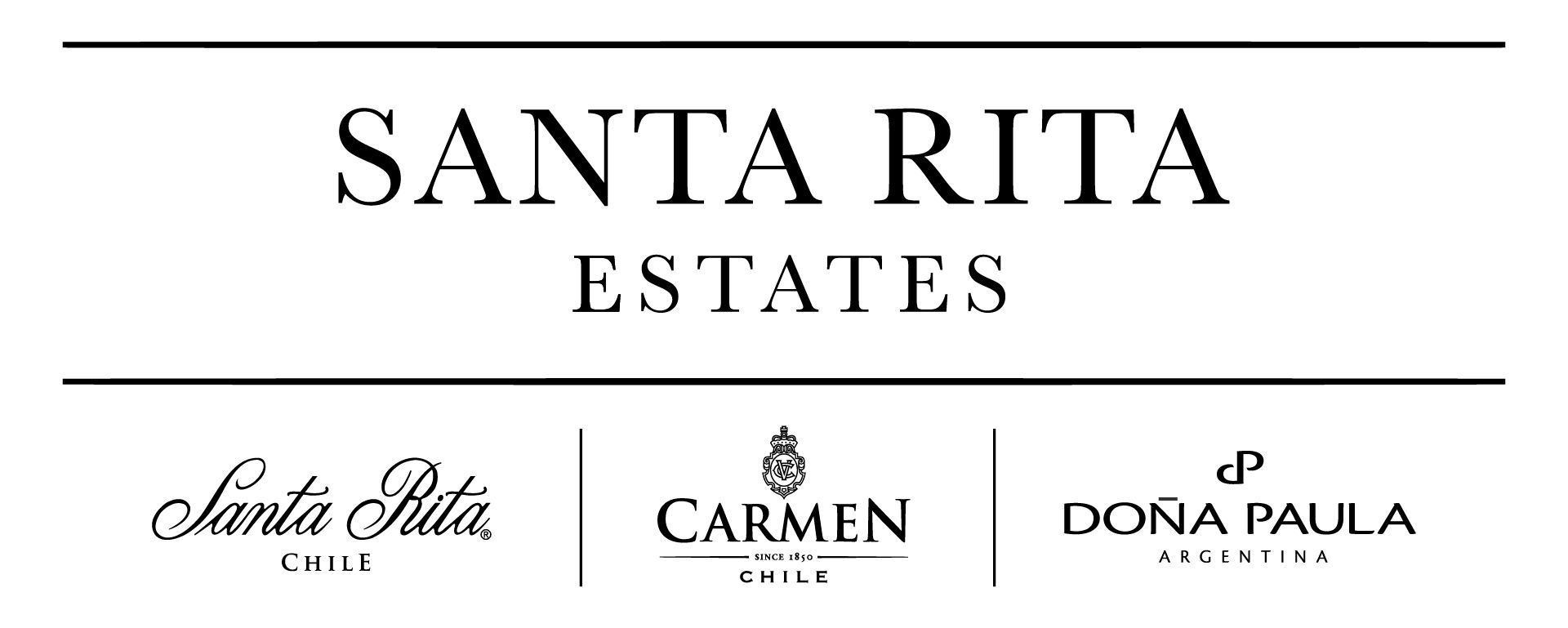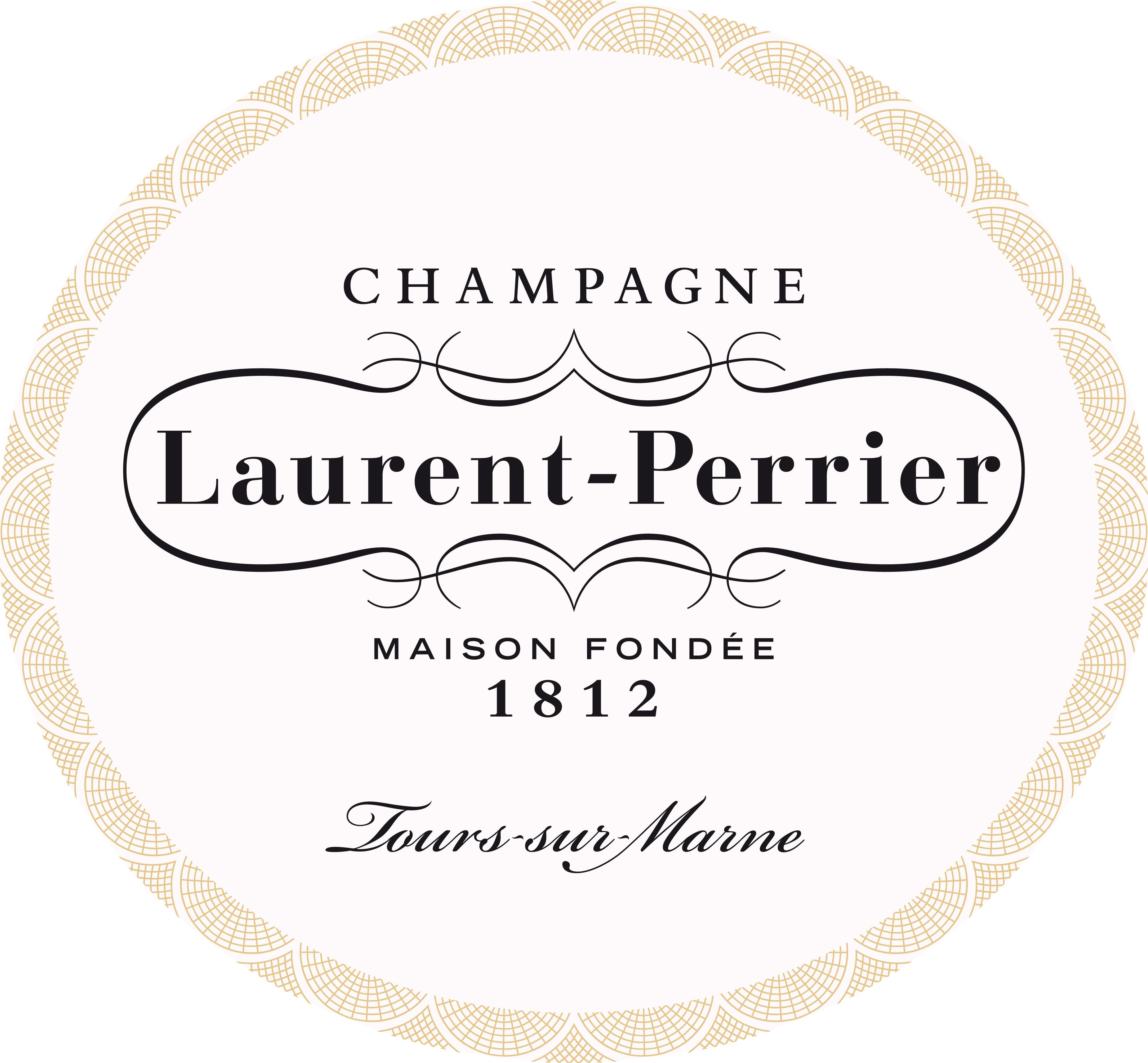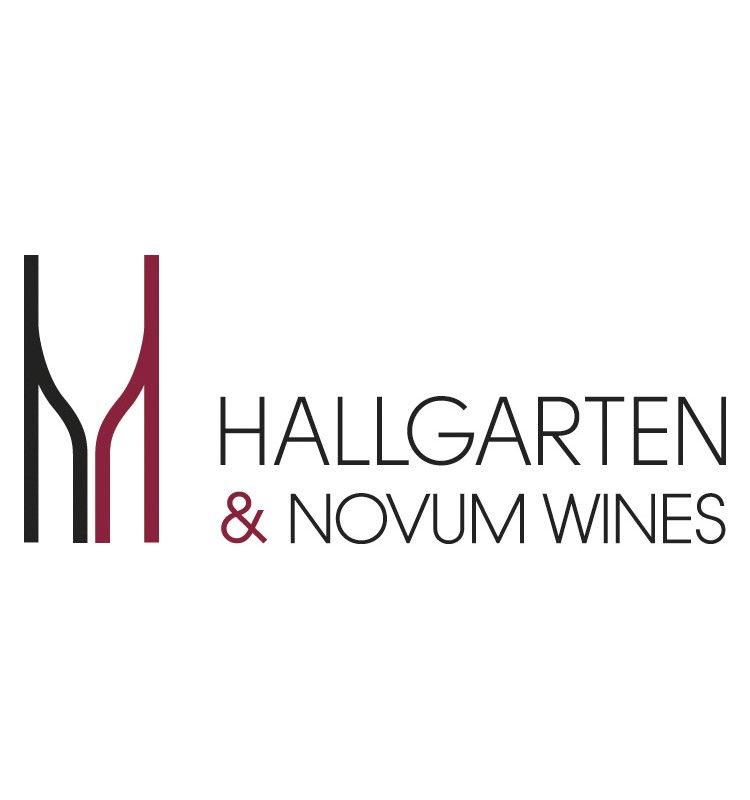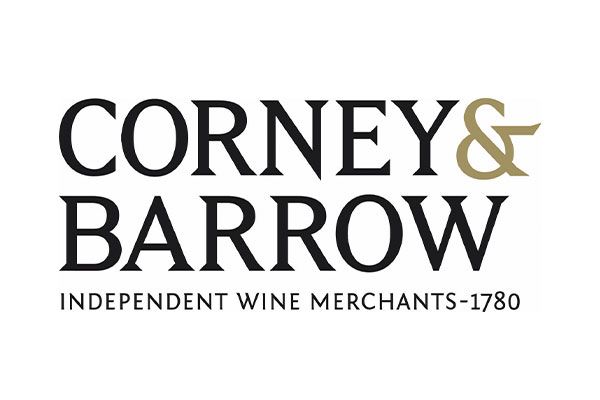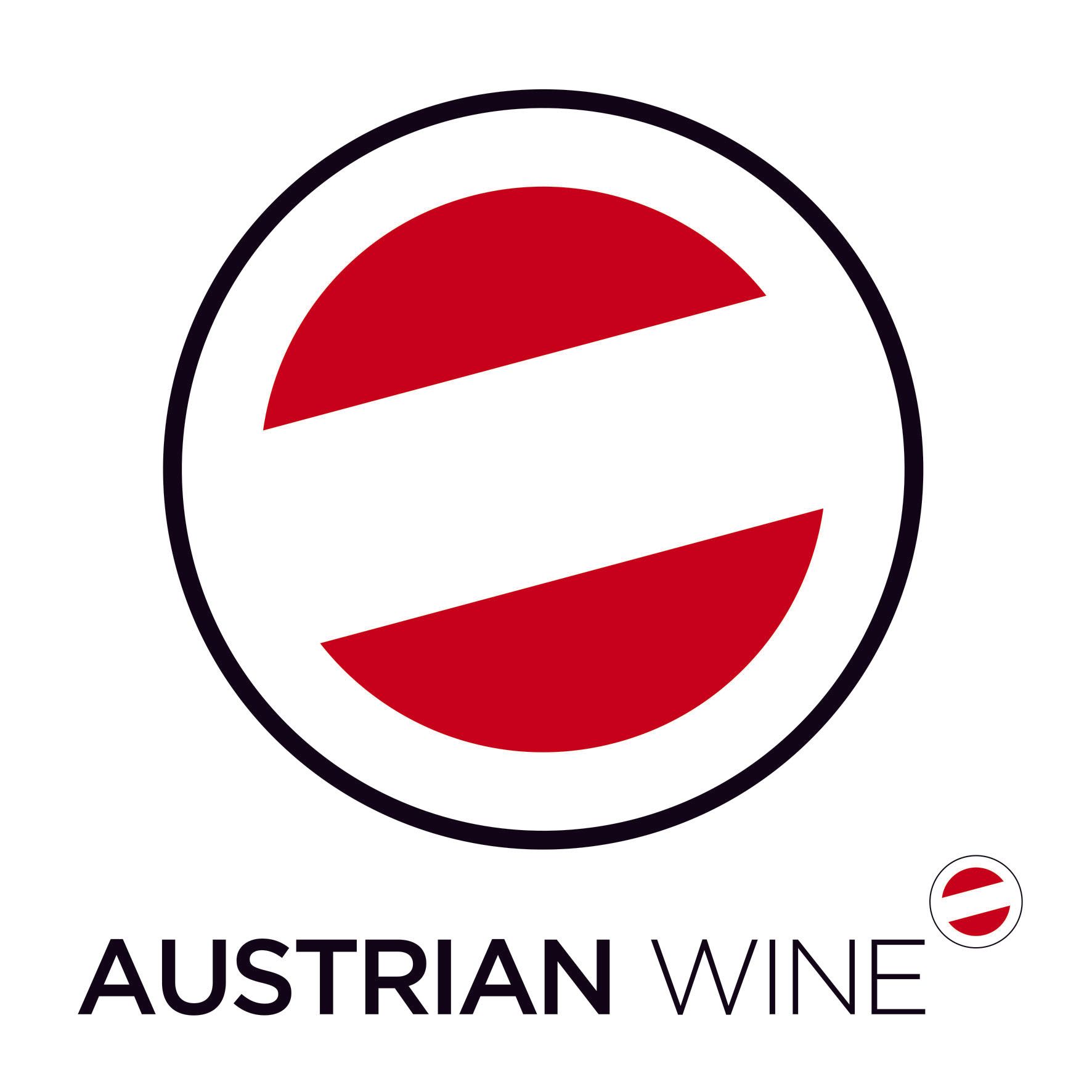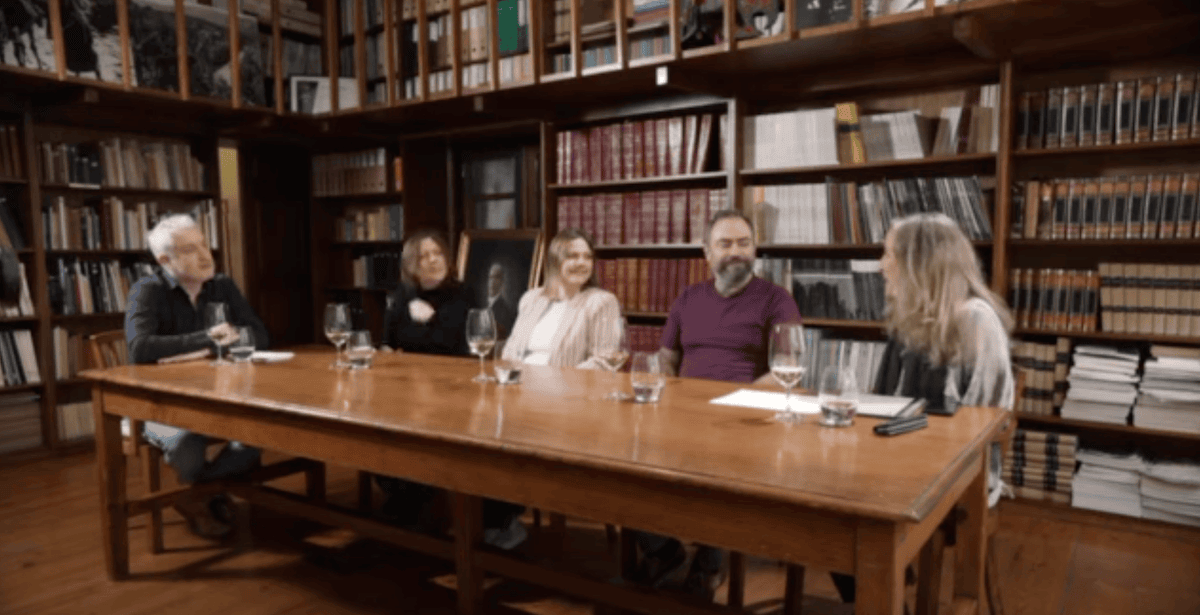“God placed danger in the ocean, but he also made it heaven’s mirror.”
You know when a tasting session gets started with a quote from Fernando Pessoa’s Book of Disquiet, this isn’t your average regional visit. My recent trip out to discover the wines and people of Vinhos de Lisboa was possibly the best cultural event I’ve had in many a year.
Expertly led by the brilliant Dr Chris “Air-roir” Howard, our brief stay in the vineyards north of Portugal’s capital saw us harvesting mussels, hanging out at beachside bars and cafes, and being taken out on surfboards to experience one of the obsessions of this region. You’re surrounded by hugely welcoming surfer dudes and dudettes in the shadows of the world famous (in surfer circles) and record-breaking waves of Nazaré. It just so happens that these excellent people also made thoroughly beautiful and interesting wines.
For the last few decades, the more premium wine exports out of Portugal have been dominated by the likes of the Douro and Vinho Verde, or the rise of Alentejo. Those of us who have gone down the WSET route might remember only a passing reference to the Wines of Lisbon, citing only past glories for the small DOCs of Colares, Bucelas and Alenquer. And I get that. They are pretty small in terms of production, with 97% of the output of the Lisbon region under the PGI banner. But after just a short space of time there, you encounter a place, a community and a set of wines that are so full of individual character, you cannot help but want to bang on about it to anyone who’ll listen.

Surf dude, Dr Chris Howard, was the perfect guide for the tour
What makes the wines of Lisbon so special
The area covered by Vinhos de Lisboa stretches along the Atlantic coast, north of the capital Lisbon, to the region of Leiria. As you can probably guess by looking a map, the Lisbon wine region is defined by its maritime influence. Cool ocean breezes and (impressive) morning fogs moderate temperatures and preserve acidity in the grapes. This gives winemakers ripe and fresh grapes that they can then go to town on. The white wines are full of freshness, minerality, and aromatic complexity. The reds range from light, easy drinkers to big, bold and structured behemoths. And there’s plenty in between.
Forward thinking DOCs with individual quality
The Lisbon region is more renowned for larger volume, value-end production, but it also has nine official DOCs (Denominação de Origem Controlada). Although smaller in production, which can limit international recognition, the individuality of the separate areas was so obvious by just getting out the bus and looking around that you couldn’t wait to try the wines on offer.
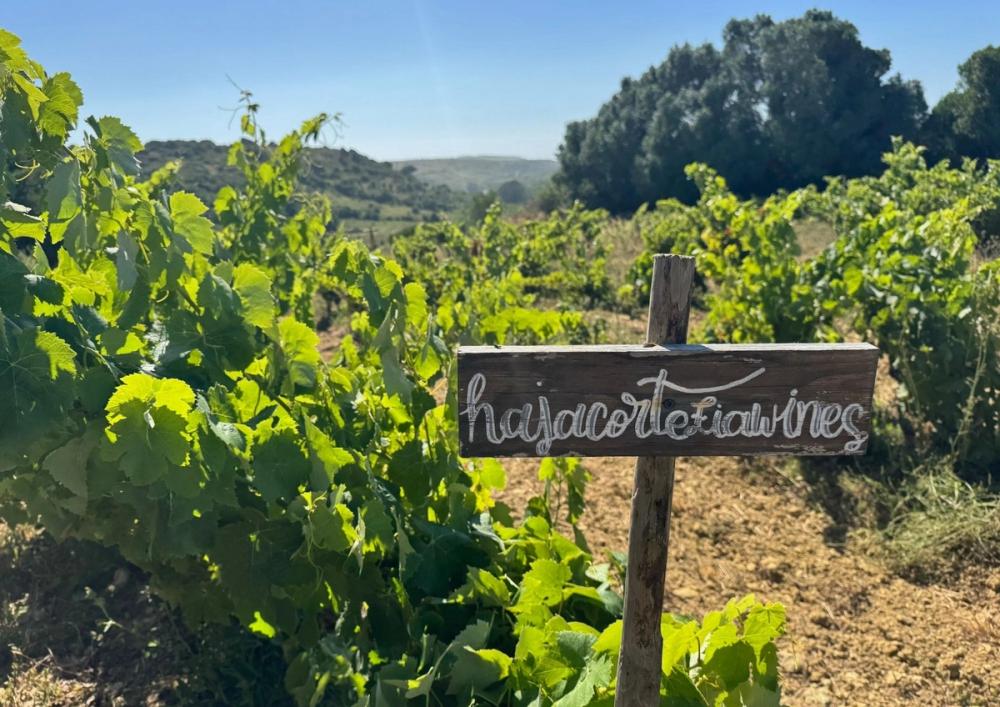
Vineyards of Colares in the shadow of the Atlanti ocean
The stunning reds of coastal Colares
Colares was wonderful, with its picture postcard location on the windswept Atlantic coast. The big thing here is the sandy soils. Not only does it have an impact on the bouquet of the wines, it also means it’s a centre for old, ungrafted vines that survived phylloxera. The variety and quality of the red wines, made from the native Ramisco, were exceptional. They were capable of highly tannic, age-worthy busters, giving it the nickname of Lisbon’s Nebbiolo. Like Nebbiolo, the versatility also meant softer, more subtle wines were sublime too, all the way to uber-drinkable pét-nats.
We were hosted by the fabulous Luis and Teresa at Haja Cortezia, their wine and surf shack in Cortesia. The first wine upon arrival was a beautiful pét-nat from Ramisco and Malvasia de Colares. It was at this point that Francisco Toscano Rico, the President of Wines of Lisboa, mentioned that Lisboa is about to launch its very own DOC for pét-nat wines. Is that the first designation specifically for pét-nats in the world? I can’t think of another…can anyone help me out there?
Those kinds of conversations continued into the vineyard visits. Francisco is a very warm and open person and his desire to make the DOCs under his stewardship both relevant and competitive is obvious. To be DOC Colares you need your vines in the designated sandy soils. Walking through the vineyards it was clear that certain patches were DOC Colares, then a yard over there it wasn’t, then another few yards over there it was again.
“We’re exploring lots of ideas to improve the notoriety of Colares,” chatted the president. “Maybe the non-sandy soils can be Colares and the sandy soils Colares Superior or Classico? I don’t know, but we’re keeping those conversations going to see what can be done.”
I guess it’s both easier and more vital to have those chats when there are only currently 11 producers managing just 13 hectares of the DOC.
Over dinner we were also treated to a variety of DOC Colares whites from old-vine Malvasia de Colares from the likes of Ramilo, Mare et Corvus, Baias & Enseadas, and Adega de Colares which holds the distinction of being Portugal’s oldest co-operative winery. The saline, almond, and citrus notes were joined by an almost tannic minerality, gained from the proximity to the ocean.
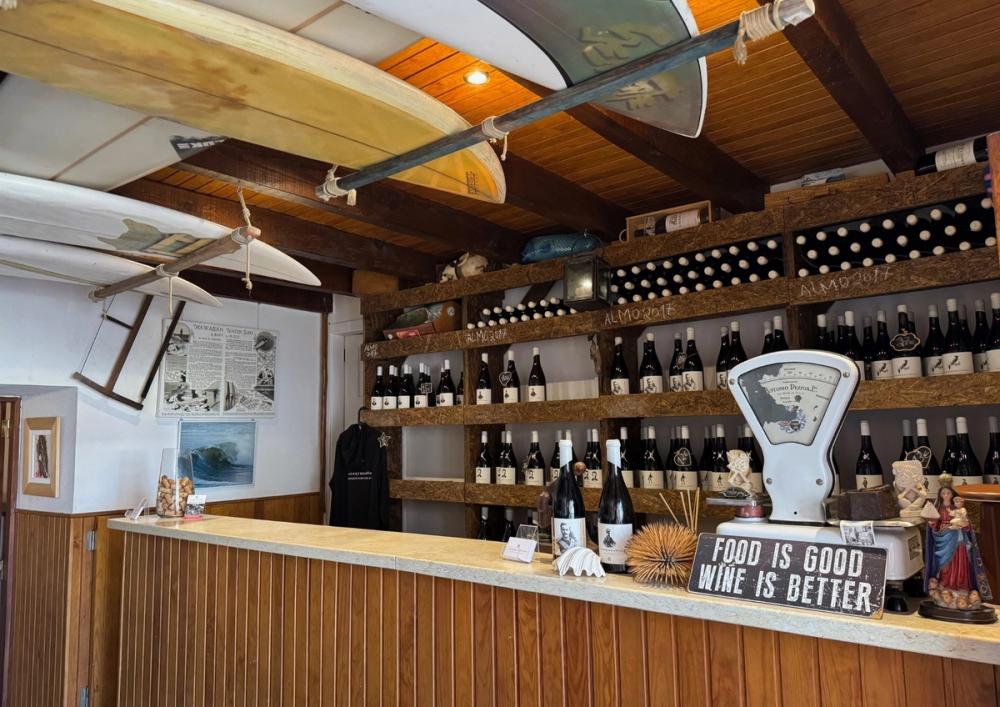
Surf and wine are the two passions in town
The ageworthy whites of Bucelas
Bucelas is further inland, with a bit more elevation, although still getting the coastal influence. White wines from Arinto are the main gig in town here, using the maritime climate to produce crisp, fresh citrus-driven wines with edgy minerality. We were able to try aged versions and the complexity that came through with nuts and spices were absolutely stunning. Arinto is affectionately known as the Queen of Lisboa, with Bucelas wines themselves seen as the Chablis of Lisbon. The region offers wines with so much mouthfeel and salty balance that they could grace any restaurant wine list in the world.
The historic surroundings of Torres Vedras
Our visit to Torres Vedras was much more about the history of the region than the wines. Those of you who grew up watching Sean Bean as Richard Sharpe may know a bit about the Napoleonic Wars, and the genius of Arthur Wellesley (later the Duke of Wellington) in constructing the game-changing defensive forts around Lisbon, known as the Lines of Torres Vedras. These forts ultimately stopped the French pushing the British and Portuguese armies into the sea and turned the tide (pardon the pun) of the war. Huge apologies at this point go to Rob, Beth, Ines, and Chris for boring them relentlessly with the impromptu history lessons, but the point remains that Lisbon and its surroundings are brilliant for a visit to wine and history geeks alike!!
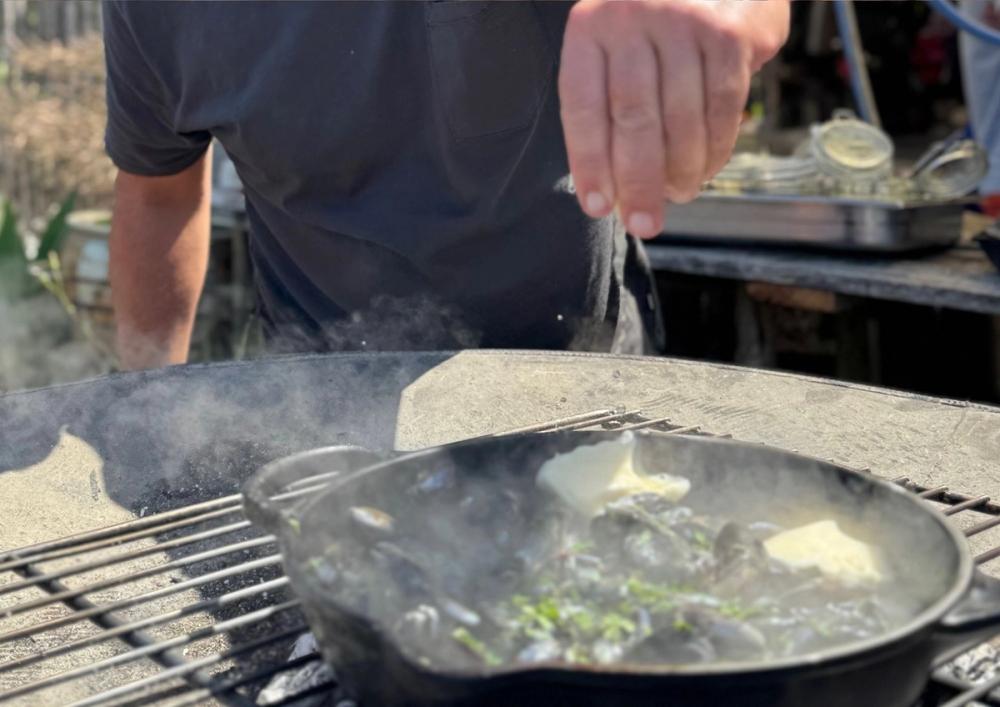
Mussels harvested just an hour before accompanied our lunchtime tasting
The beautiful fortifieds of the resurgent Carcavelos
Our final stop was the historic vineyards of Carcavelos. This DOC remains under threat from the sprawl of the city of Lisbon. Producers have dwindled in number, but our visit to the Villa Oeiras project showed that Carcavelos has a future. Set up in 2001, the project is owned by the municipality of Oeiras and farms centuries-old vine cuttings of Arinto, Galego Dourado, and Ratinho on vineyards once owned by the estates of the Marquis de Pombal. The fortified wines are produced from both red and white grapes and offer such a variety of flavours and ages that their resurgence will undoubtedly be welcomed by fortified fans the world over.
Other notable wines from the trip
Of course, the Lisbon wine area produces wines from international varieties like Syrah, Pinot Noir and Cabernet Sauvignon, as well as the more travelled Portuguese varieties of Touriga Nacional, Castelão, and Tinta Roriz. If I’m being completely honest, the Pinots and Syrahs we tried were very good and very enjoyable, but not necessarily ones to knock others from round the world off your list.
The wines, or at least the variety, that really caught my attention was Fernão Pires. Also known as Maria Gomes in other parts of Portugal, it doesn’t have the greatest reputation as a white wine grape, often used as a blending partner or for value-conscious wine labels. On our final evening, however, we lucky enough to try a range of fabulous varietal Fernão Pires wines including many skin contact and minimal intervention styles that were hugely fun. Niche, I’ll admit, but fun and well worth seeking out if your clients are those kinds of wine lovers. I know I am.
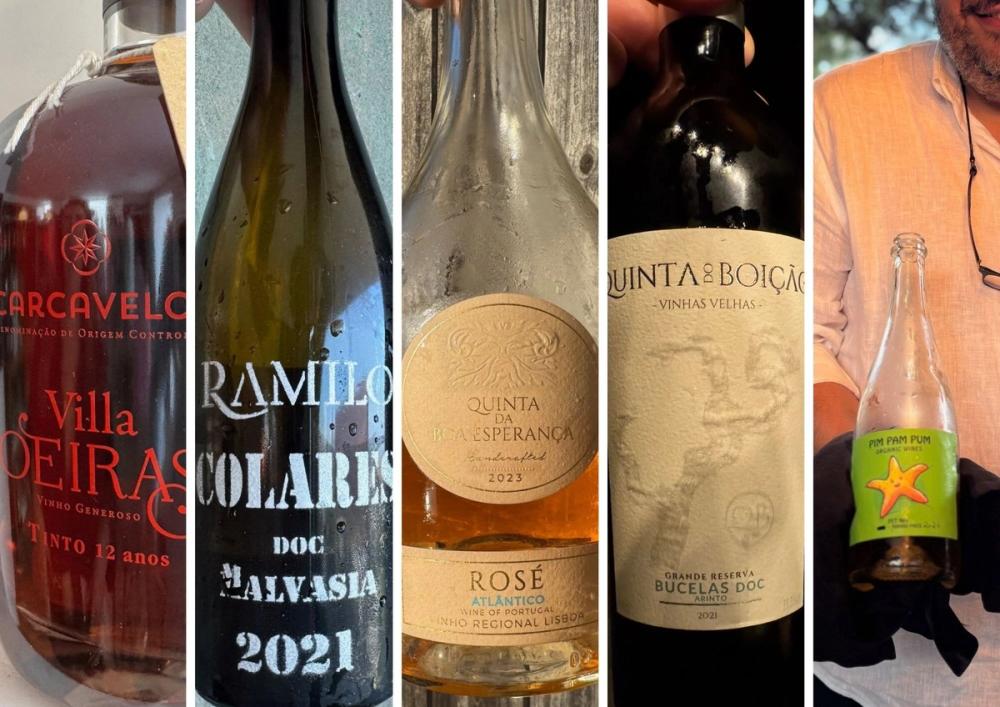
5 top wines from the trip
Villa Oeiras, 12-Year-Old 'Nacional' DOC Carcavelos
Imported by Raymond Reynolds
A single-origin wine featuring vines grown on the original Pombal estate. Aged solely in national oak, giving deep, dark brown hues and beautiful notes of honey, lemon drizzle cake, dried fruit, and orange marmalade. The plentiful acidity from the grapes helped to balance out the oxidative notes, and the warming alcohol acted as an added bonus on the palate. Officially this is one of its entry level wines, but I was hugely impressed.
Ramilo Malvasia 2020, DOC Colares
Imported by Raymond Reynolds
Gently pressed juice is fermented and aged in barrels with lees contact throughout. It had then been aged in bottle until we were lucky enough to try it. The result is clearly not a typical DOC Colares white, although the saline and mineral tension was ever present. Notes of peppermint, wood smoke, bruised apple, mint, and walnut didn’t ever seem to end in an exceptionally enjoyable finish. Don’t think this is cheap as they don’t make a lot of it, but it was a true wine lovers’ experience.
Quinta da Boa Esperança, Rosé Atlantico 2024, IGP Vinhos de Lisboa
Imported by Sommelier’s Choice and WineVistas
A blend of Syrah, Touriga Naçional and Castelão, this rosé showed off all the traits of the coastal climate. The expressive acidity and saline notes only served to pop those gorgeous, crunchy red fruit flavours. But the thing that tipped this wine into my top five of the trip is that I’m always on the look-out for rosés that have texture and gastro potential. This one had it in spades, with an unctuous, mouth-coating quality that transformed it from a terrace sipper to a true dinner table star.
Quinta Do Boição, Grande Reserva Branco 2019, DOC Bucelas
Available on Portugal Vineyards
Part of the impressive Enoport wine group, Quinta Do Boição’s Grande Reserva is a white wine made from 100% Arinto. The vineyards were planted back in 1965 and are now in their third year in conversion to organic. The wine itself is packed with flavour of hazelnuts, honey and stone fruit. The 'Chablis' element of fresh acidity and saline zing is still clear and present even after five years of ageing.
Quinta do Montalto, Pim Pam Pum 2024, IGP Lisboa
Imported by Portuguese Story
A brilliant set of wines from André Valério Gomes Pereira under the Pim Pam Pum range. André is convinced that Fernão Pires is the Portuguese Chardonnay and pushes its possibilities. None more so than with this Pét-Nat, but he remains a winemaker at heart. “We don’t make Cola,” mused Gomes, “there are some boundaries we don’t cross.” He remains critical of so-called natural wines, aiming for clean, precise wines, and this wine was a perfect showing of ripe green fruits, herbs and citrus pith.
For more information on the Vinhos de Lisboa, please contact Katie Knight at BWP on katie.knight@bwpgroup.com or Yuliya Pinhiero at the Wines of Lisboa on cvr.lisboa@mail.telepac.pt.
Mike Turner is a freelance wine educator and presenter, and a regular contributor for The Buyer.











